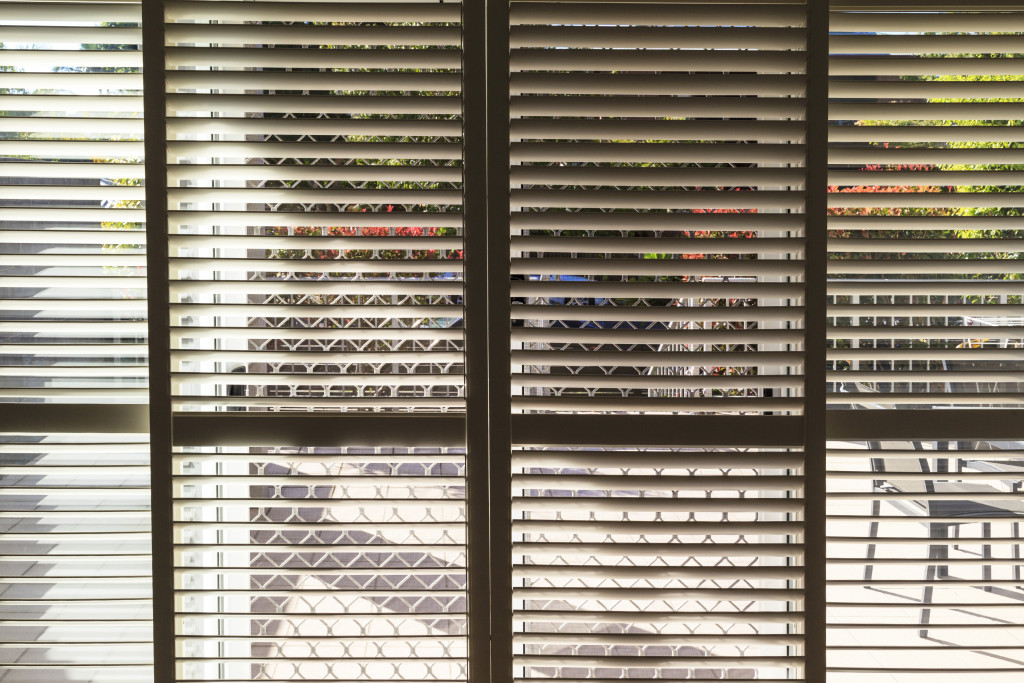While there’s nothing wrong with having a bit of sunshine in our lives, especially in bringing a bit of warmth into our home, too much sunlight and UV rays can sometimes be harmful to our home’s fabric and furniture. But other than spontaneous combustion caused by the buildup of heat and causing a bit of damage to the structural integrity of our home’s support structures, there’s a reason why sunlight is usually kept away from prized artworks and furniture.
But how do sunlight damage artworks, furniture, and the interiors of our home? What can we do to prevent such damages from happening? We’ll be answering some important questions.
How Does Sunlight Damage Furniture and Interiors?
As most of us know, sunlight is known for carrying a good amount of heat, and being exposed to this heat for a long time can drastically increase temperature levels. Heat is known for being a catalyst for chemical changes, while UV rays in sunlight are known for breaking down chemicals. If this is the case, the chemical components of furniture, especially those made of synthetic man-made material, can change when exposed to sunlight for a long time.
When it comes to fabric and paintings, constant exposure to UV rays can cause permanent discoloration and fading. This is one reason why most furniture, fabric, and artworks that aren’t used are often stored in basements or attics that are away from direct sunlight. But what are some ways of protecting your furniture and artworks from sunlight?
Protecting Your Furniture

Fortunately, there are different ways of protecting your furniture from degrading when exposed to the sun in the long-term. Here’s what you can do:
Re-arranging Your Furniture
One of the simplest methods of saving furniture is by keeping them away from direct natural light. You might want to places your more prized furniture in rooms that have artificial lighting.
In some cases, individuals will coat their furniture in reflective material such as wood varnish. This is a great way of keeping pests like termites off the furniture while also reflecting a good amount of light on the furniture.
Blinds, Shades, and Shutters
Other than re-arranging your furniture so that it’s away from direct sunlight, you probably like where most of your furniture is originally placed. If this is the case, you might want to consider investing in blinds, shades, and shutters. These are great ways of blocking out UV rays from sunlight, especially in warmer seasons. You might want to consider the “thickness” of fabric-based shades, though, since those that are too thick might trap warm temperatures, which can make temperatures rise in your home’s interior.
Luckily, there are window shades that are quite versatile for almost any architectural structure and interior design. Not only are these shades durable, but they come in a plethora of different types, which can give you some options, depending on the amount of light that you want to let in.
Apply a UV Film
Other than installing shades and blinds, window films can also deflect harmful UV rays and regulate the amount of sunlight that gets inside your home. Some solar window films are known for reflecting 99% of UV rays from the sun. These are usually installed on the inside of windows. No worries; these films won’t restrict your view while still being quite effective. Not only will this help keep much of your furniture in pristine condition, but you’ll also be able to save up on your energy billing.
Renovate Your Home
If you’re thinking about your home in the long-term, you might want to renovate key structures in your home other than just installing shade and protective films. Most of the time, modern windows are already designed to block out UV rays at around 85% of the rays that might be harmful. Although this might not necessarily be the “cheapest” option, the lifespan of most windows and being able to withstand different elements of the weather like strong winds can save you money in the long-term. After all, preventing damage is better than having to spend on repairing such damages.
There are various ways of mitigating damage from sunlight on fabric, furniture, and artworks from sunlight. But the best way of preventing such damages is by carefully planning out your home and being cognizant of which places get the best amount of sunlight. After all, prevention is better than having to spend hundreds of dollars on repair. This way, you can rest assured that sunlight will cause no damage to anything inside your home.

